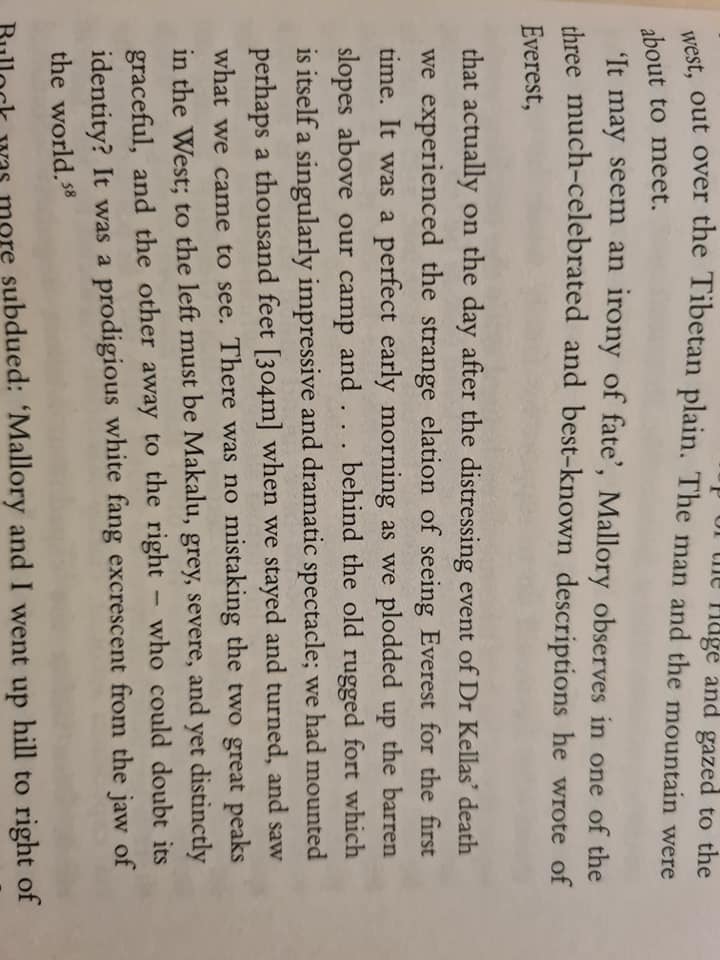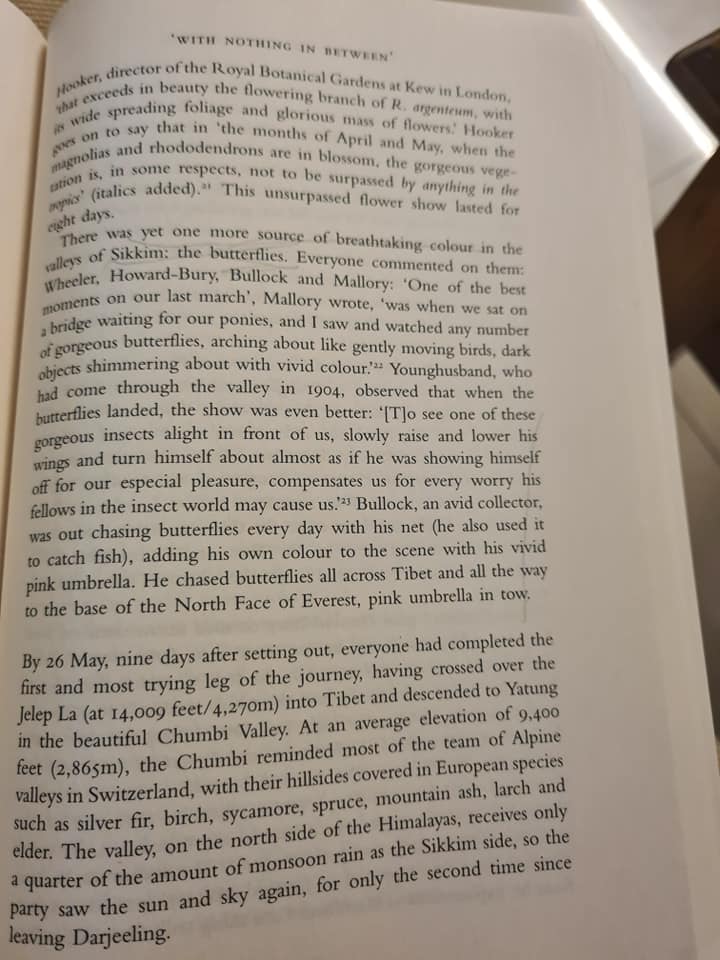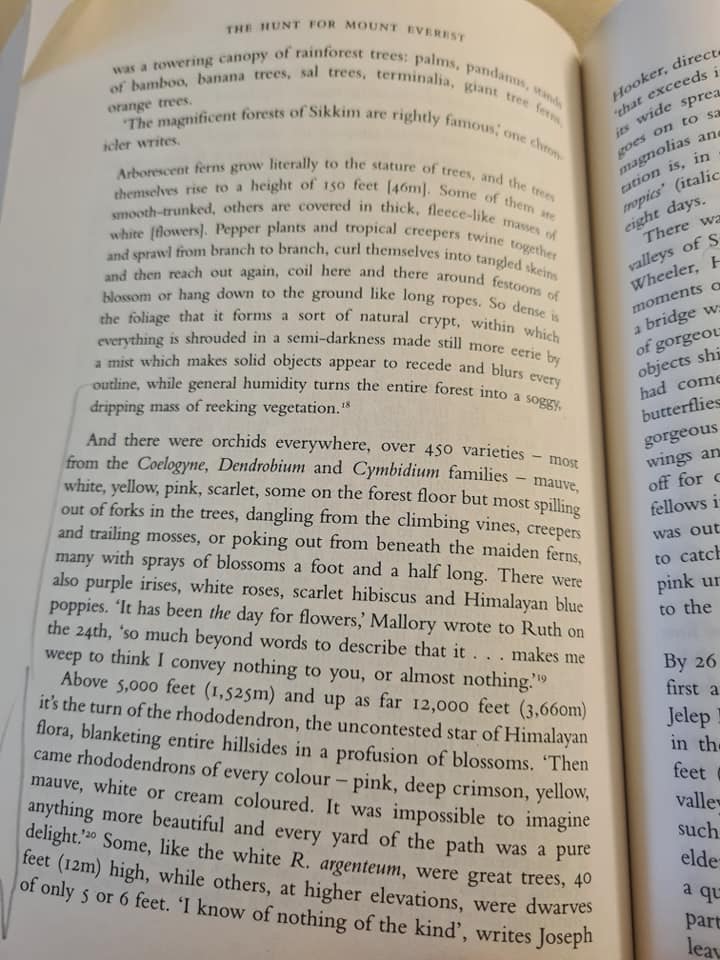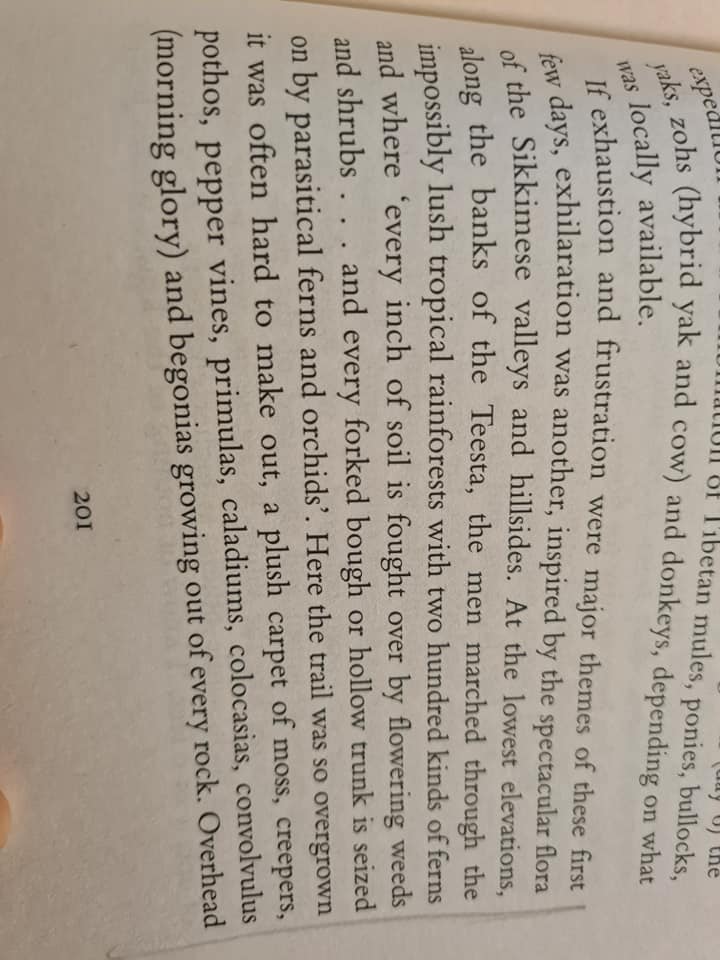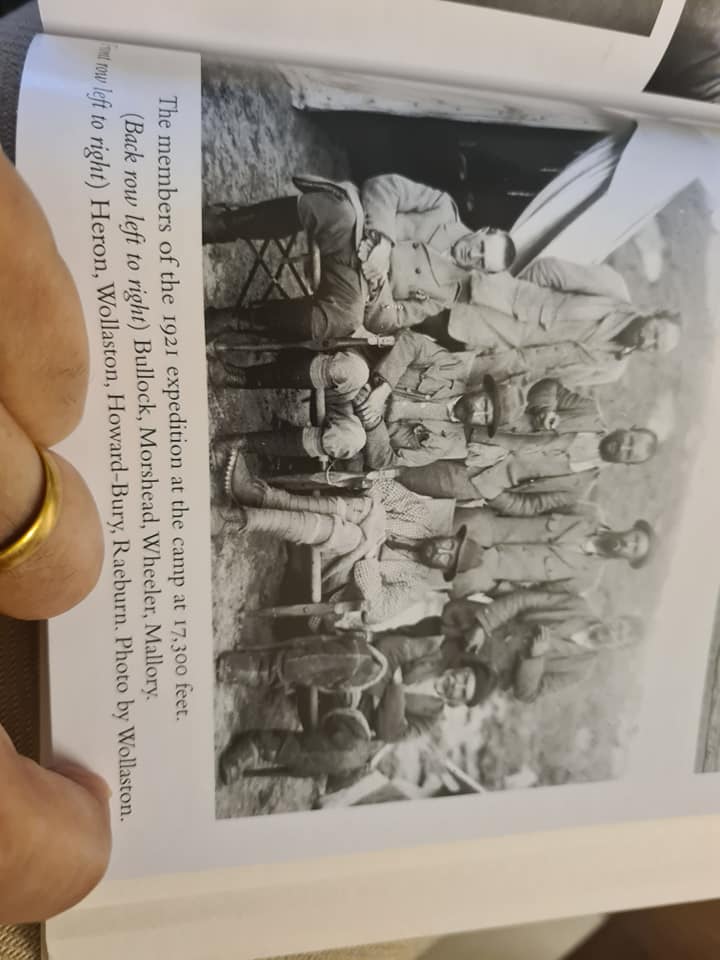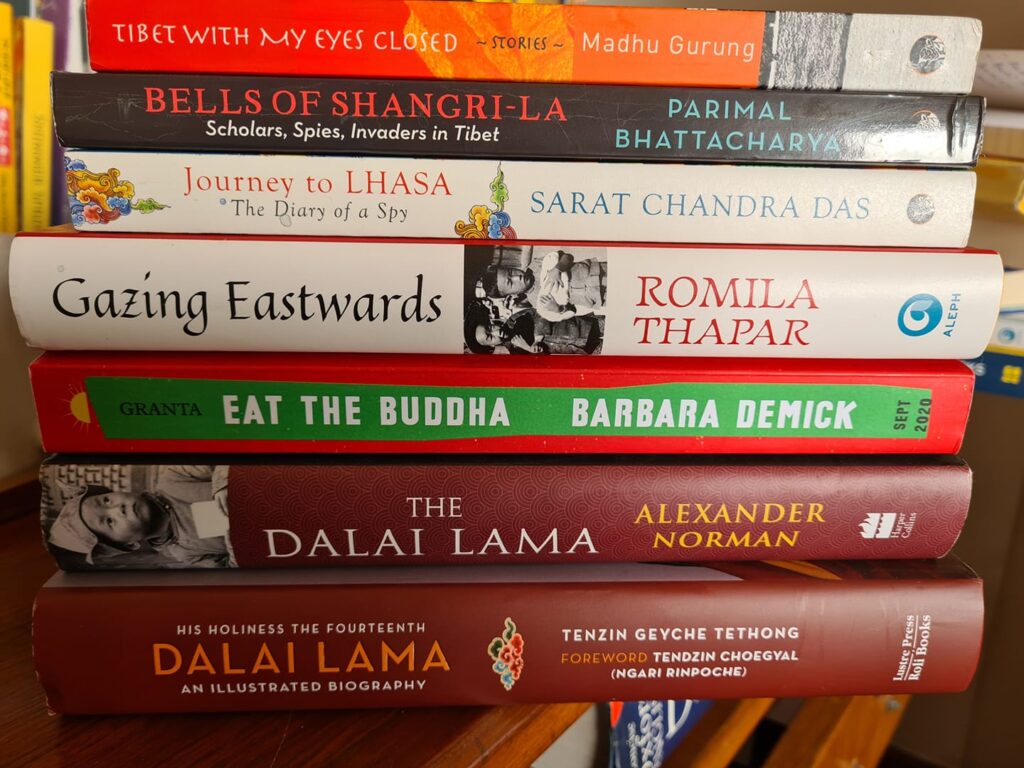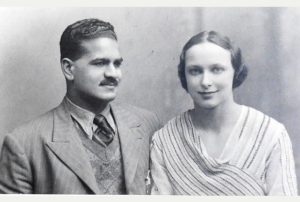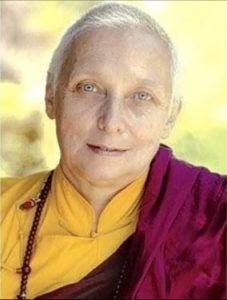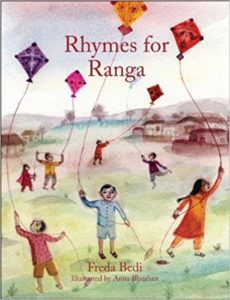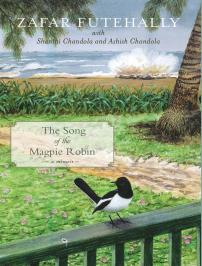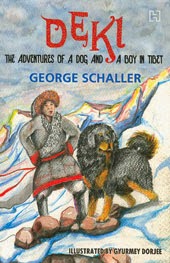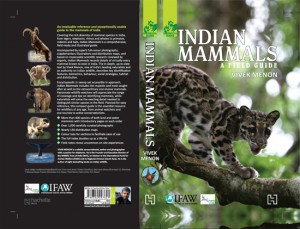Craig Storti’s “The Hunt for Mount Everest”
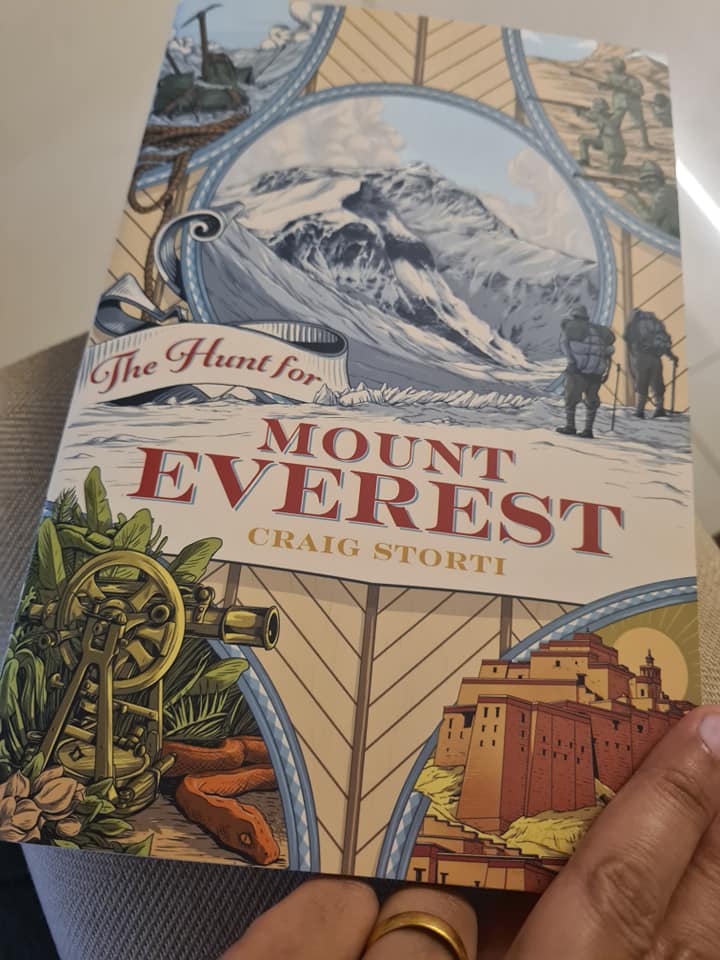
2021 marks the centenary year of the first Everest expedition. The height of the mountain had been first measured in 1850. It took another seventy-one years for an expedition to be arranged. The members were Bullock, Morshead, Wheeler, Mallory, Heron, Wollaston, Howard-Bury, Raeburn. But in June 1921, the two English men, George Mallory and Guy Bullock, became the first people ever to stand at the foot of Mount Everest.
Craig Storti in The Hunt for Mount Everest ( John Murray, Hachette India), commemorates this remarkable expedition. His book begins with the arrival of George Everest as Surveyor General in the early 1800s and concludes with the 1921 event. To quote Storti:
It is a tale of high drama, of larger-than-life characters — George Everest, Francis Young husband, Lords Curzon and Kitchener, George Mallory — and a few quiet heroes: Radanath Sikdhar, Alexander Kellas, the 13th Dalai Lama, Sir Charles Bell. It is a tale of spies, intrigue and beheadings; of war ( two wars, in fact) and massacre; of breath-taking political, diplomatic and military bungling; of derring-do, hair-raising escapes and genuine bravery. The wind is a powerful presence, as are the rains and mud, along with rhododendrons and orchids, leeches and butterflies, mosquitoes, gnats and sandflies. Hundreds of bullocks, yaks and mules are featured, as are thousands of camels, numerous elephants and at least two zebrules ( they were not a success). And it’s setting is some of the most spectacular geography on earth.
Images from some of the pages from the book attest to the magnificent accounts of rhododendrons, orchids and even butterflies. The descriptions are stunning and are fine examples of nature writing.
The book itself in many instances is an absorbing account of how the mountain was first mapped. There are detailed descriptions of George Everest’s survey tours. Also, an insight into his cantankerous personality which enabled him to overrule any conflict with his authority, including a mutiny of the armed guards. He was a rude man but also very focused on his task. Once the mountain had been identified and named, the goal post shifted to attempting a climb.
Craig Storti first fell in love with this mountain in the late 1970s when he moved to Nepal. It took him nearly four decades to put this book together but he was determined to write an account of the mountain that ended with the 1921 expedition. For a person reading about the survey of India in the nineteenth century, the excitement and thrill of considering mountain climbing as a sport, negotiations with Tibet, the Great Game etc., then from their point of view The Hunt for Mount Everest is a decent book, packed with information.
8 August 2021

